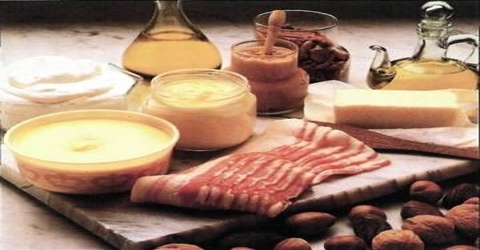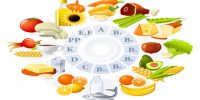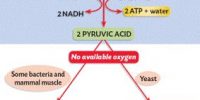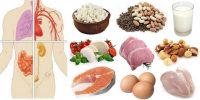Fat or Oil in Foods
Foods that are mostly constituents of fats and oils are called fats and oils. Like protein, fats and oils are also divided into two groups. Fish oil, fat from beef, ghee, butter etc. can be found from animals and are known as animal fats. Soya bean, nuts, mustards, sesame, olive etc. are derived from plants and are called plant fats. Fat from beef and mutton, ghee and butter are examples of solid fat. Oils from soya bean, mustard, sesame, olive and almond are example of liquid fat. When carbohydrates are scarce, the body runs mainly on fats.
Fat is a backup source of energy to fuel your workout when carbohydrates are not available. Fats and oils have unique properties and play a major role in human nutrition. They add flavor, texture, lubricity, and satiety to foods. The major animal fats include lard from pigs, tallow from cattle and sheep, milk fat or butter from cows, and fish oil.
Functions
- Fat produces heat and the energy to work. Layers of fat under the skin helps trap the body heat.
- Fat prevents the wastage of protein.
- Fat facilitates vitamin A. D. F and K in body
- Fats help the body stockpile certain nutrients as well.
















